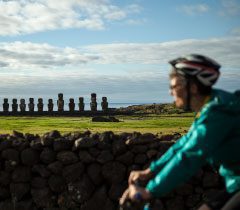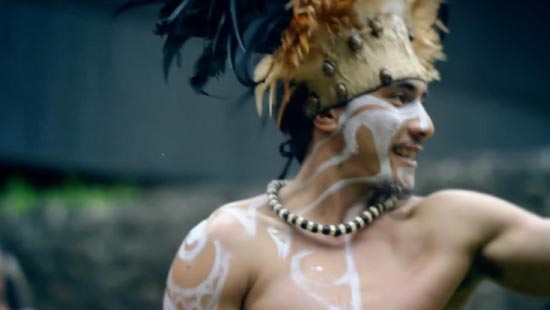
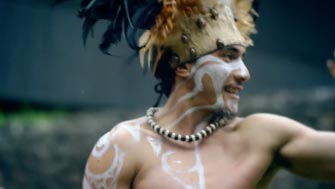
Sobre a Ilha de Páscoa
Rapa Nui, ou Ilha de Páscoa, já foi o berço de uma cultura única e enigmática que continua viva até hoje. O idioma, a música e as inúmeras tradições da ilha são preservados por seus orgulhosos habitantes, enquanto os imponentes Moai esculpidos em pedra são testemunhos concretos de seu passado misterioso.
O lodge Explora Ilha de Páscoa oferece uma experiência all-inclusive, permitindo que você se conecte profundamente com o território, sem distrações.
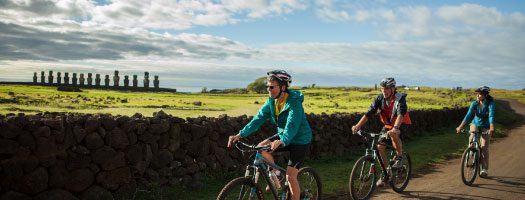
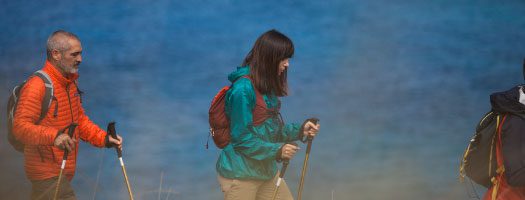
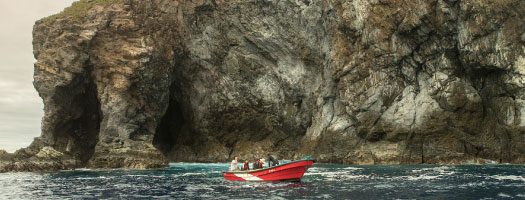
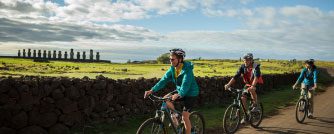

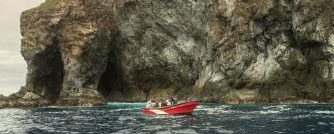
- A Explora oferece mais de 30 opções de explorações guiadas incluídas na sua reserva.
- Caminhadas, passeios de bicicleta, snorkeling e outras explorações em 7 zonas únicas dentro e fora do Parque Nacional Rapa Nui.
- Os grupos são pequenos e limitados a um máximo de 8 viajantes.
- As opções incluem excursões de dia inteiro e meio dia, dependendo da duração da caminhada e proximidade.
- Adequado para todos os níveis de experiência e idades.
- Conduzido por guias locais certificados, especializados e bilíngues da Explora.
- Nossos guias estão disponíveis para ajudar a planejar suas explorações diárias na chegada e todas as noites para o dia seguinte.
Cada quarto em nosso lodge isolado na ilha do Pacífico oferece um refúgio tranquilo para o descanso. Projetado para proporcionar um descanso profundo após um dia de exploração, nossos 30 quartos oferecem vistas deslumbrantes das pradarias e do oceano Pacífico. Para completar sua experiência, relaxe em nossas áreas comuns com uma taça de vinho chileno ou um refrescante suco natural.
Instalações do lodge:
- Acomodações com vistas para o oceano.
- Amplas instalações de spa, incluindo uma banheira de hidromassagem externa, sauna ancestral e uma piscina com vistas incríveis para os jardins e o oceano.
- Gastronomia com ingredientes locais autênticos.
- Arquitetura e design de interiores premiados.
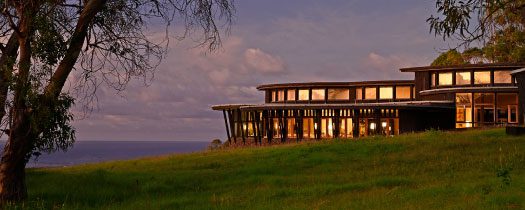
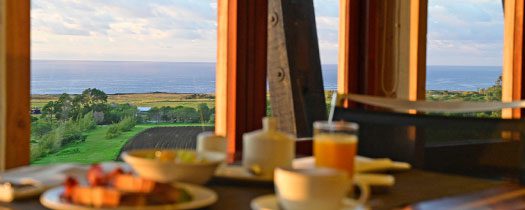

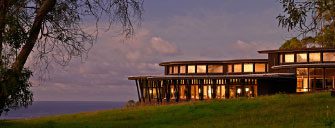
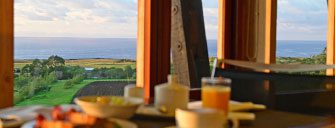

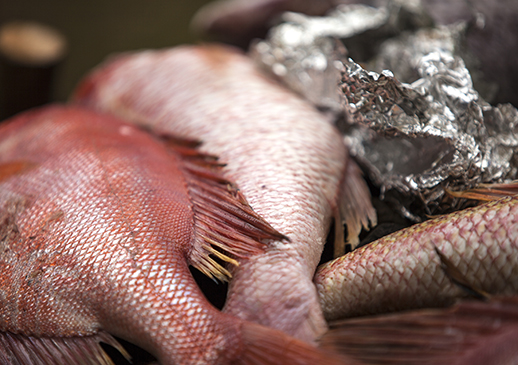
Na Explora, a gastronomia se torna uma oportunidade única de descobrir o território por meio de seus ingredientes, sabores e profundas tradições culinárias.
Nossa proposta gastronômica destaca produtos locais frescos, ressaltando diversos ingredientes nativos de Rapa Nui.



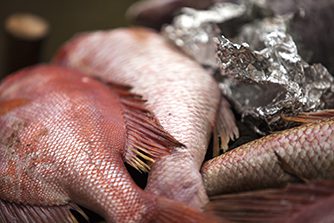

Na Explora, a gastronomia se torna uma oportunidade única de descobrir o território por meio de seus ingredientes, sabores e profundas tradições culinárias.
Nossa proposta gastronômica destaca produtos locais frescos, ressaltando diversos ingredientes nativos de Rapa Nui.
5.0 Excelente
887 avaliaçõesTerras Ancestrais
Explore duas terras ancestrais em uma viagem incrível.
Paisagens Extremas
Do isolamento de Rapa Nui à vastidão impressionante de Atacama
Terras de Contrastes
Descubra destinos impressionantes, onde a história e a natureza se unem em uma jornada.
Terras Ancestrais
Explore duas terras ancestrais em uma viagem incrível.
Paisagens Extremas
Do isolamento de Rapa Nui à vastidão impressionante de Atacama
Terras de Contrastes
Descubra destinos impressionantes, onde a história e a natureza se unem em uma jornada.
Como a principal empresa de expedições do mundo, criamos explorações profundas para proporcionar experiências imersivas em alguns dos destinos mais remotos e deslumbrantes do mundo, usando nossos lodges premiados como bases para nos aprofundarmos em cada território.
Especialização no território
Nossa presença consolidada no remoto sul da América moldou nosso conhecimento sobre o território, exploração e conservação.
Explorações personalizadas
Criamos explorações exclusivas para que você possa viver uma imersão genuína no remoto, do início ao fim.
Rede de Destinos
Estamos estrategicamente localizados em diversos destinos da América do Sul para promover conexões profundas com as culturas e maravilhas naturais da região.
Lodge na Ilha de Páscoa
Projetado por um arquiteto renomado, o lodge se integra perfeitamente à paisagem vulcânica da ilha, refletindo seu patrimônio cultural.
Compromisso com a Conservação
Estamos profundamente comprometidos em conservar as maravilhas que exploramos diariamente: a natureza local incomparável, a cultura impressionante e o rico patrimônio. Iniciativas voltadas à conservação — como a arquitetura do nosso lodge, entre outros processos conscientes que adotamos — são uma parte vital deste panorama maior.
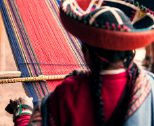



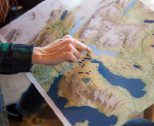



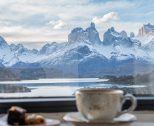

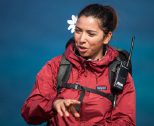

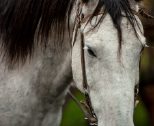

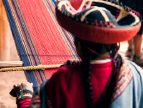



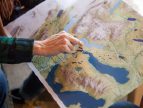



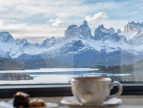



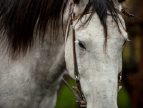

JoAl1971Julho 2024
MexicoSally DJunho 2024
New Yorkhelldoc88Maio 2024
Florida, United StatesJoAl1971Julho 2024
MexicoSally DJunho 2024
New Yorkhelldoc88Maio 2024
Florida, United StatesSOBRE A EXPLORA EM RAPA NUI
-
Recomendamos uma estadia mínima de quatro noites para ter uma experiência de exploração que permita descobrir profundamente a Ilha de Páscoa. No entanto, temos certeza de que, ao desvendar seus mistérios, você desejará estender sua estadia. Cinco noites são uma boa alternativa para explorar todos os seus cantos e aproveitar a cultura local.
-
No momento da reserva, você deve selecionar um quarto com cama king-size ou duas camas de casal. Em Rapa Nui, se necessário, você pode solicitar a troca de cama, sujeita à disponibilidade.
-
Sim, todos os quartos são equipados com ar-condicionado.
-
Nossos programas de exploração na Ilha de Páscoa oferecem várias opções de mergulho para iniciantes e mergulhadores experientes. Essas atividades têm um custo adicional e podem ser organizadas através da nossa equipe de reservas ou diretamente no local.
*Explora não se responsabiliza pelos serviços fornecidos por operadores terceirizados.
-
Recomendamos uma estadia mínima de quatro noites para ter uma experiência de exploração que permita descobrir profundamente a Ilha de Páscoa. No entanto, temos certeza de que, ao desvendar seus mistérios, você desejará estender sua estadia. Cinco noites são uma boa alternativa para explorar todos os seus cantos e aproveitar a cultura local.
-
No momento da reserva, você deve selecionar um quarto com cama king-size ou duas camas de casal. Em Rapa Nui, se necessário, você pode solicitar a troca de cama, sujeita à disponibilidade.
-
Sim, todos os quartos são equipados com ar-condicionado.
-
Nossos programas de exploração na Ilha de Páscoa oferecem várias opções de mergulho para iniciantes e mergulhadores experientes. Essas atividades têm um custo adicional e podem ser organizadas através da nossa equipe de reservas ou diretamente no local.
*Explora não se responsabiliza pelos serviços fornecidos por operadores terceirizados.

